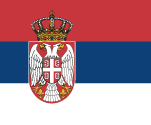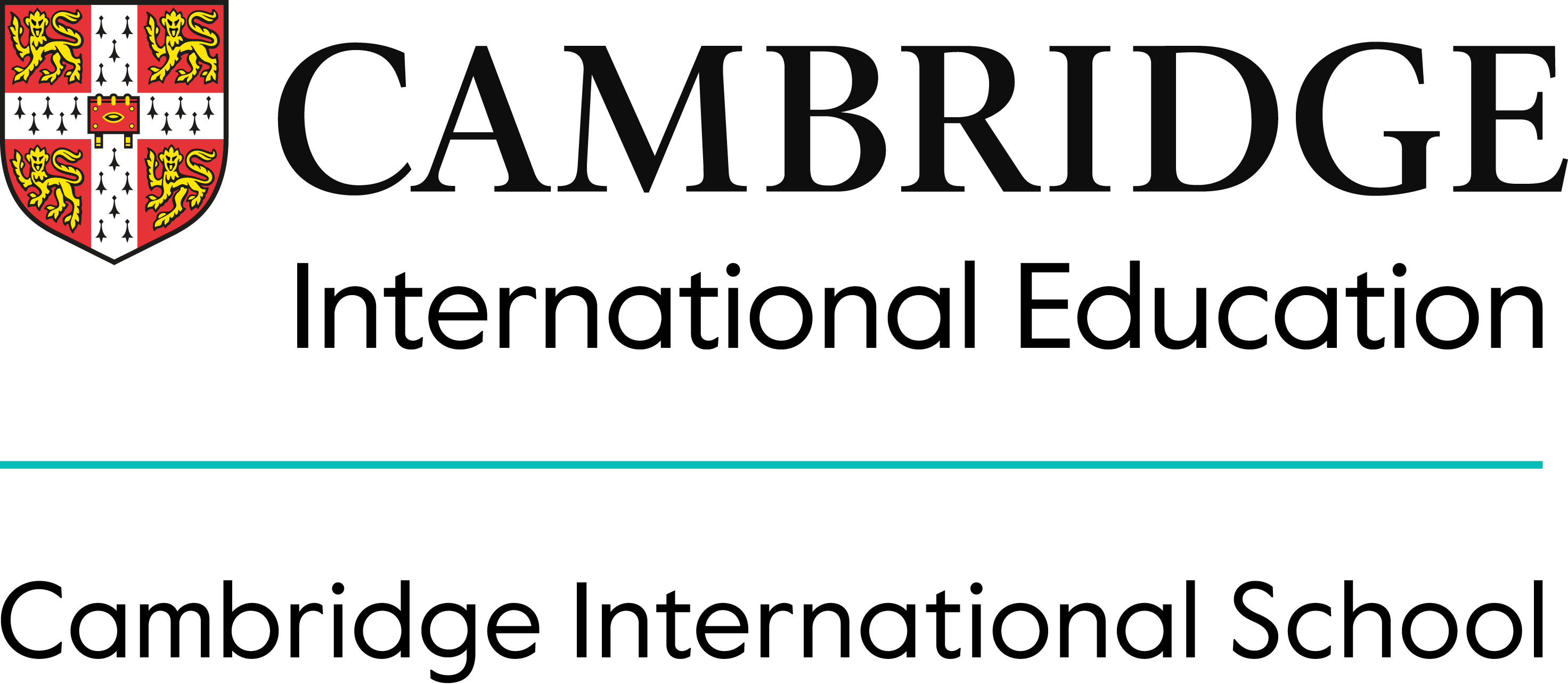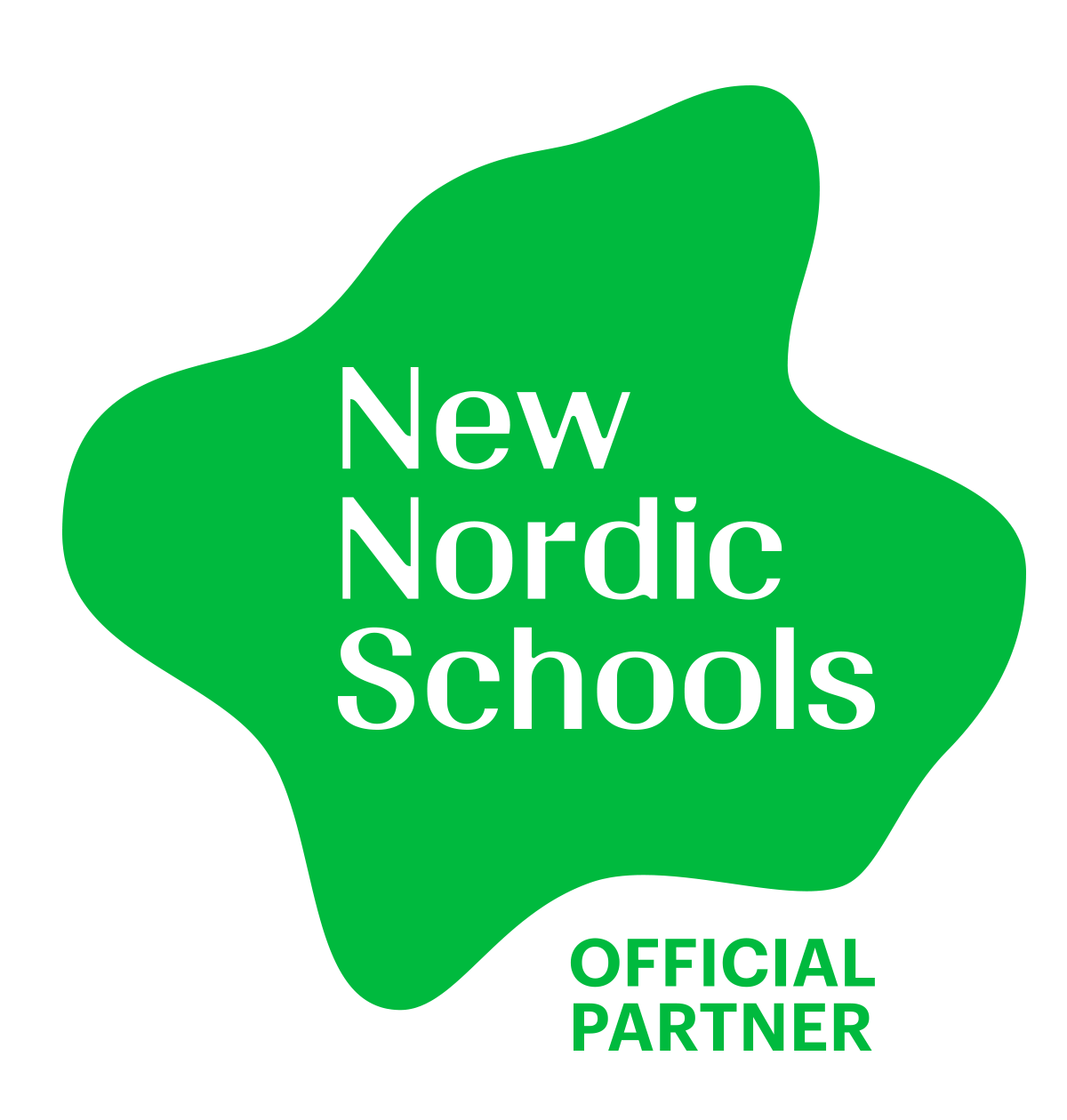
Educational robots in teaching
because we are learning in a truly different way
Faithful to its resolve to be the most modern primary school in the region, Primary School Savremena utilizes state-of-the-art technology to step well out of the comfort zone of the existing educational standards. This approach has defined Savremena as a school that helps its students adopt new, modern knowledge in an optimally facilitated way.
Among other things, Savremena’s teaching practices include active and efficient use of educational robots, that help children of all ages deepen their knowledge of robotics and programming, and develop valuable skills such as problem-solving, creativity, teamwork, and the spirit of proactivity.
These robots are utilized in the practices of STEM education (Science, Technology, Engineering, Mathematics), which focuses on practical exercises rather than theory.
Savremena’s world of educational robots
Savremena Primary School students have a chance to step into the world of programming in a fun, age-appropriate way, and encounter its interesting side.
Primary School Savremena offers as many as 12 different educational robots, covering a wide range of ages and teaching purposes. Not only are these robots quite interesting and entertaining for the students, they also constitute a wonderful way to enhance the students’ engagement and focus as they take their first steps in the world of programming, also assisting those who have already started finding their own way in it.
Discover the world of robots that awaits you at Savremena!
For students aged 6+
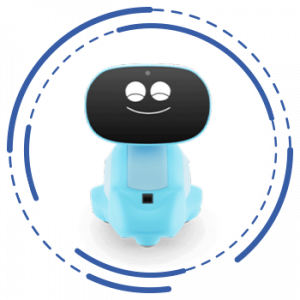
Miko has dozens of emotions (and a couple of tricks up its sleeve). Not only does it recognize you and call you by your name – it responds to your mood and gets to know us a little better every day. Miko helps introduce students to the world of robotics and artificial intelligence in a gloriously fun, interesting way, as it offers a lot of educational apps that are adjusted to the needs of the students themselves and the teaching.
Sphero Mini is a great robot when it comes to introducing the younger grades to robotics. The students can drive and play STEM-inspired games using the Sphero Play app, and more experienced users can advance to programming the Mini using bricks or JavaScript in Sphero Edu. This is maybe the tiniest robot ball you have ever seen, but it offers an incredibly wide range of driving and programming options, and helps students master the basics of coding using interactive STEM activities and games!
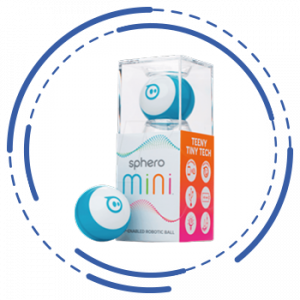
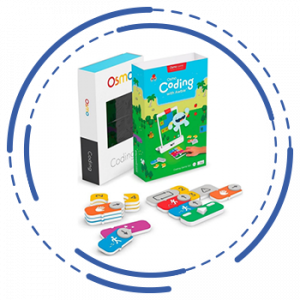
With Osmo Awbie, you can turn your tablet into a practical adventure in coding. Created for ages 5 through 10, this beginner’s coding set builds coding skills through advancement in practical instructive games. Watch your child learn to code while connecting multi-colored code blocks in the physical world to define the adventure on the screen. Osmo is used in subjects related to the basics of robotics, informatics, and ICT knowledge and skills. This way, the children develop creative problem solving and motor skills, as well as STEAM knowledge.
For students aged 7+
Sphero SPRK+ ball is used as an assistant in learning the programming logic and the programming language JavaScript. Sphero’s movements can be programmed through a graphical interface which the student uses to encounter and develop programming logic, but Sphero can also be used for gradual learning of JavaScript, through issuing commands to the robot in this language. Sphero SPRK+ is more than a robot – it was designed to stimulate creativity and curiosity through coding exercises. It has easily programmable sensors with LED lights, quite an inspiration for the little play-loving future creatives!
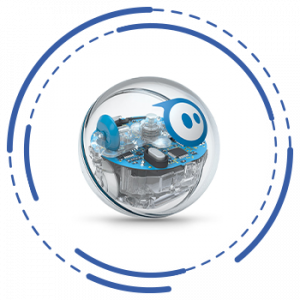
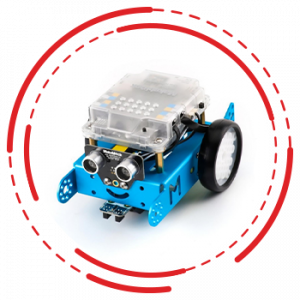
mBot is a STEM robot for coding for beginners, that facilitates early programming steps in a simple and fun way. With a screwdriver and step-by-step instructions, children can make a robot from scratch and experience the joys of practical creation, controlling it from their phone or tablet. mBot can be coded to throw a ball, follow a line, avoid walls, and much more. mBot is programmed to go the moment you assemble it, which makes it quite easy to use, and it also provides the option of block-based coding. mBot is most suitable for use in younger grades learning ICT subjects; at Savremena, it is mostly used in lessons related to informatics, the basics of robotics, and ICT skills.
2.0 is an advanced programmable robot set consisting of over 550 mechanical parts and electronic modules for 10 adjusted robots. Compatible with native platforms and with Arduino, this set lets the imagination fly high. Ideal for robotics enthusiasts: build exciting projects using this set and experience the joy of turning your ideas into reality. The advantages of using this robot in teaching refer not only to a creative approach to assembling and programming the robot but also to the problem-solving skill advancement possibilities that open once you let the robot roam where you send it!
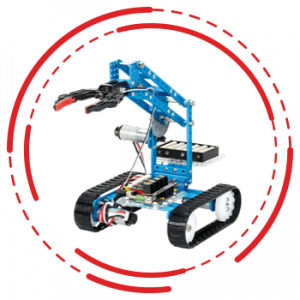
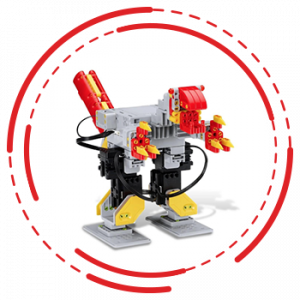
Jimu is a robot that inspires kids to start loving robots and robotics, as well as programming and logic. Jimu can be programmed using blocks, which provides a very nice introduction to robotics and programming to students in younger grades. This robot provides unlimited possibilities for combining its parts and it is suitable for developing STEM skills and knowledge among younger children – using real motors and sensors in teaching, Jimu gives every child a chance to develop into a creative inventor or discoverer through experimenting with coding and programming!
For students aged 9–10
micro:bit is a pocket computer created for coding in order to help elementary school students learn coding, critical thinking, and problem-solving. This robot provides the option of block-based coding; it is mostly used in teaching younger grades, for subjects such as robotics, informatics, and ICT. micro:bit is a perfect setting for early steps in conquering the principles of robotics, as it provides a great basis for the student to learn how a robot is built and programmed.
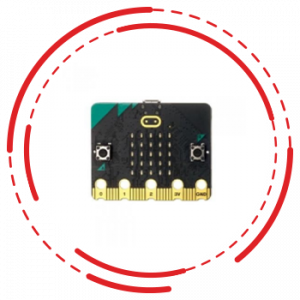
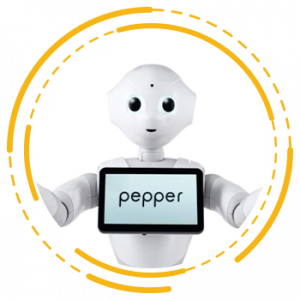
Pepper is the first social humanoid robot in the world that can recognise faces and basic human emotions. Pepper is optimized for human interaction and can communicate with people through conversation and its touchscreen. It has proven quite useful in state-of-the-art educational practices, as it can advance teaching in a unique and interesting way, and enrich and connect subjects that are not directly related to the digital world through STEM, while its application in teaching robotics, informatics, and technology is practically inexhaustible.
Within the teaching that takes place at Savremena, Pepper is present in every lesson to help the students in a variety of ways and enrich their knowledge and experience, and in younger grades, it is a faithful assistant to the teacher; all this is possible thanks to software that was custom-developed to enrich the teaching at our school in the best possible way.
For older students
This robot is intended for students who are at least 10 years old. It is used for coding and learning how to do it in informatics and ICT subjects. This Lego Robot consists of an EVO cube which can be programmed directly from a tablet or using a computer. The robot also contains a number of sensors that can be used for its programming. The Lego Mindstorms EV3 robot is useful in teaching for developing STEM skills, thanks to its great possibilities for building and coding fully functional mini-robots that can walk, talk, play games and perform tasks. Using this robot, students master the fundamentals of robotic engineering in an easy and interesting way.
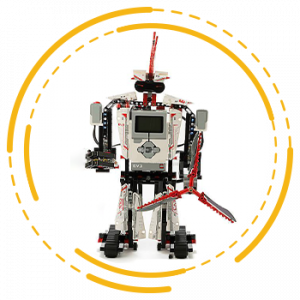

Miro is a robot based on artificial intelligence and sensors, used for teaching robotics, informatics, and ICT. It is intended for students who are 10 or older and finds its greatest active use among secondary school students and college students. Students can interact with the robot using Android and iOS apps, as well as through designated communication software. This robot provides amazing possibilities, from block-based and Python programming to automatic sound, voice and face detection, and much more. Miro provides a full range of options for more complex programming – for human-robot communication and team organization with other robots alike.
Raspberry Pi is a series of single-board computers suitable for teaching robotics and computing, due to its wide range of applications and the diversity of creative projects that can be realized using it. Raspberry Pi is intended for students aged 13 and older and its development was initially focused on the promotion of teaching computer science basics in schools and in developing countries. Coding is performed using the programming language Python.
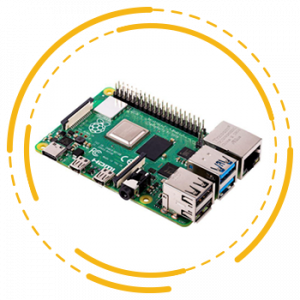
Pi provides a number of possibilities when it comes to combining it with other robot constructions, such as Lego Mindstorms, and thereby offers a wide range of possibilities in classroom use, providing the students with opportunities to develop STEM problem-solving skills and the understanding of the fundamentals of robotics, informatics and ICT engineering.
The advantages of robots in teaching
The multiple benefits of using educational robots for the advancement in teaching, and the fact that it immensely helps children adopt knowledge and acquire skills, have been scientifically proven.
Learning robotics not only prepares children for an active life in a society where everything speaks the language of technology, but also helps develop all those important cognitive skills that can be applied in the real world, and constitute the skills that provide a solid foundation for the development of any promising career in the contemporary world.
Truly different learning with robots at 21st-century school
As a future-ready school – a school that provides education according to the most contemporary global standards, Primary School Savremena strives to provide optimum conditions and state-of-the-art technology to ensure that the students achieve the best possible results.
